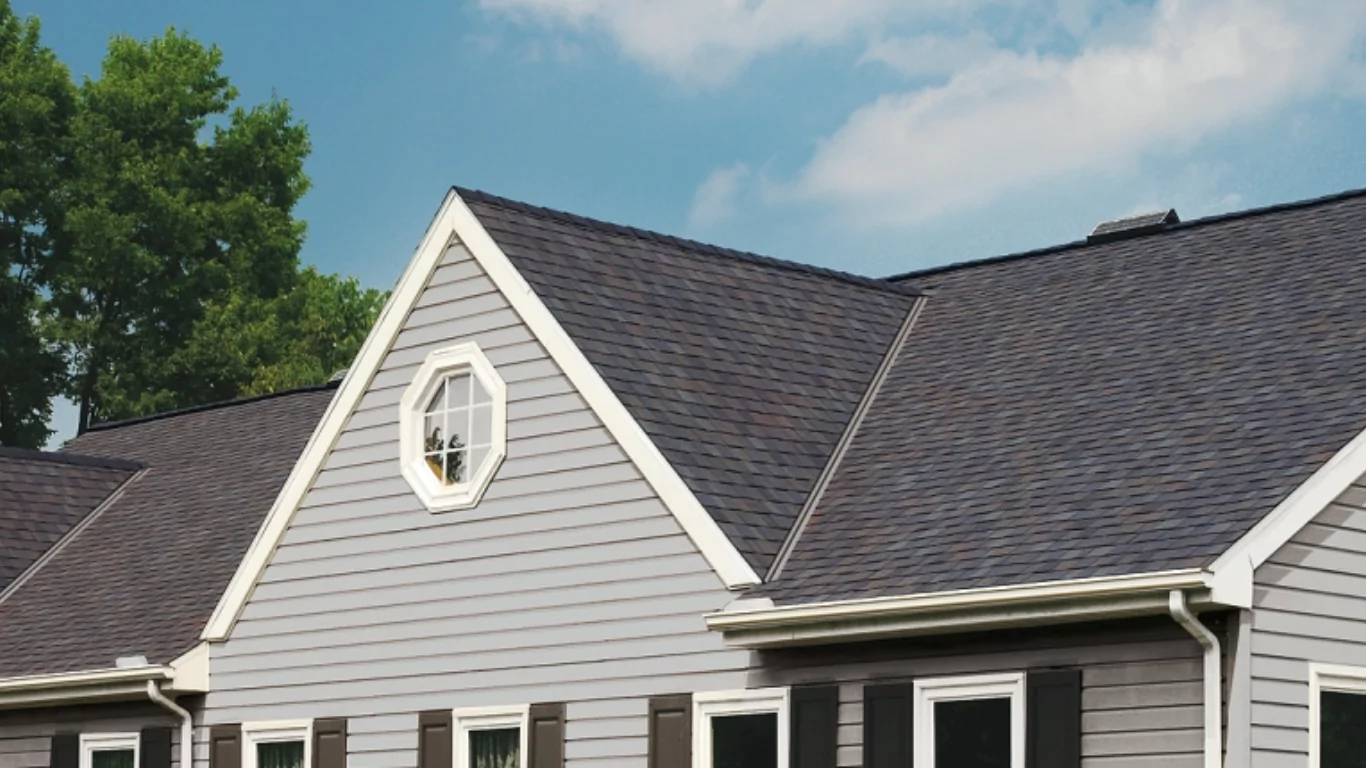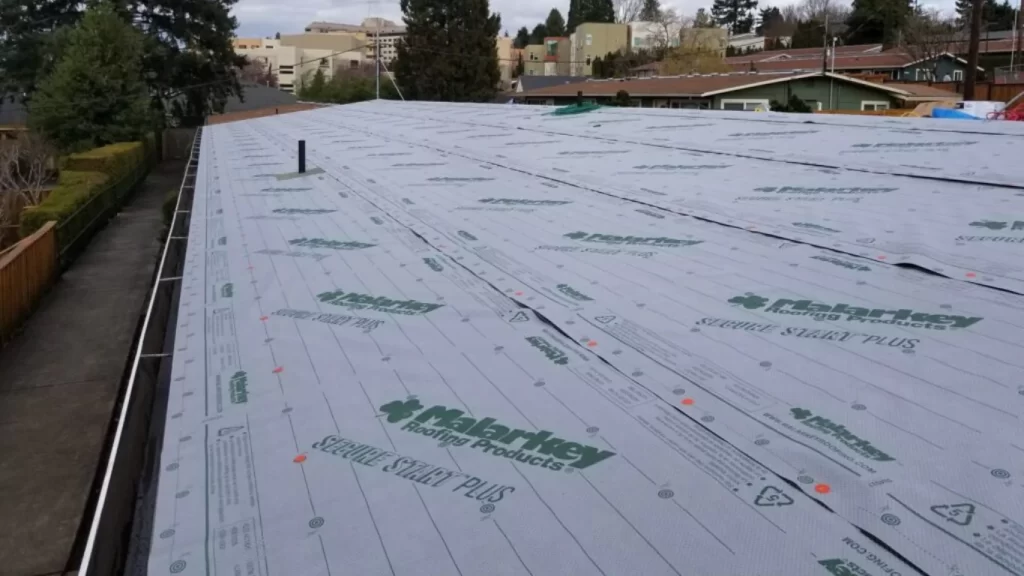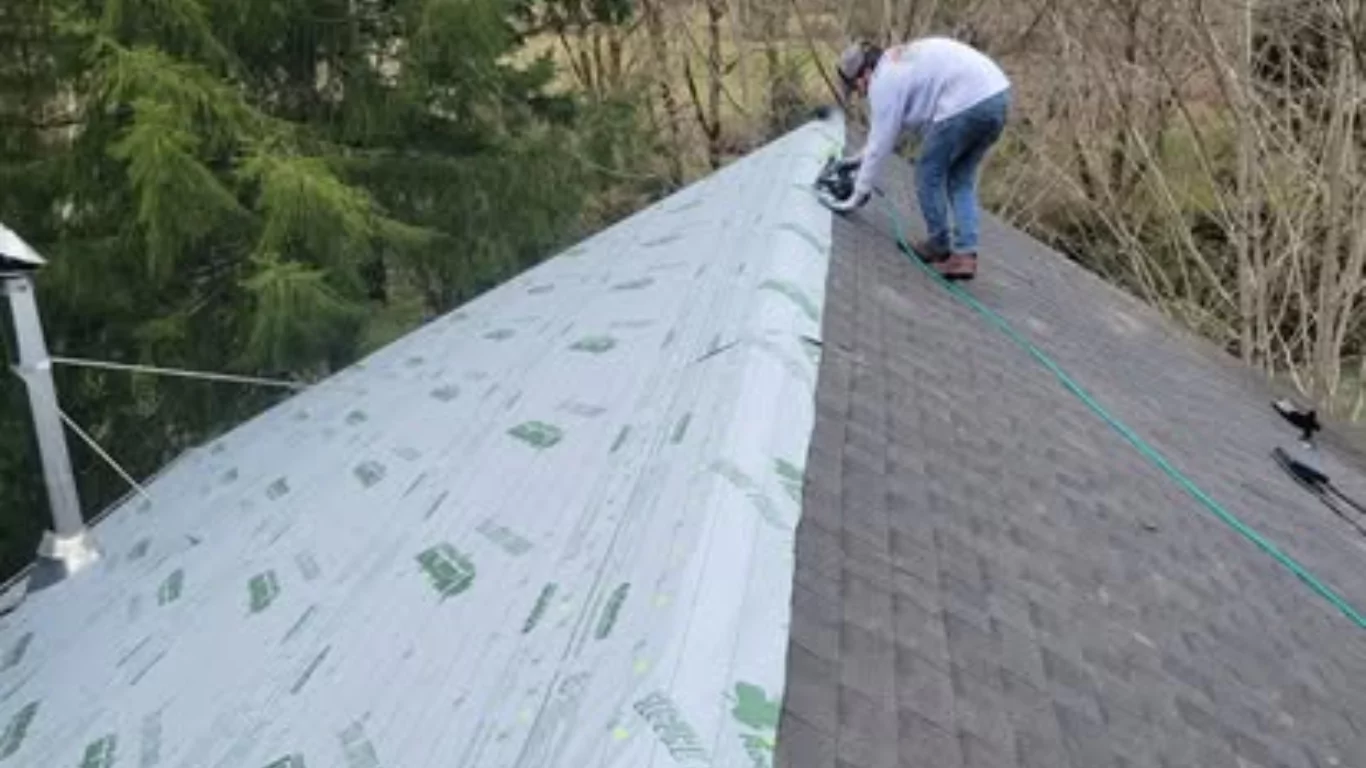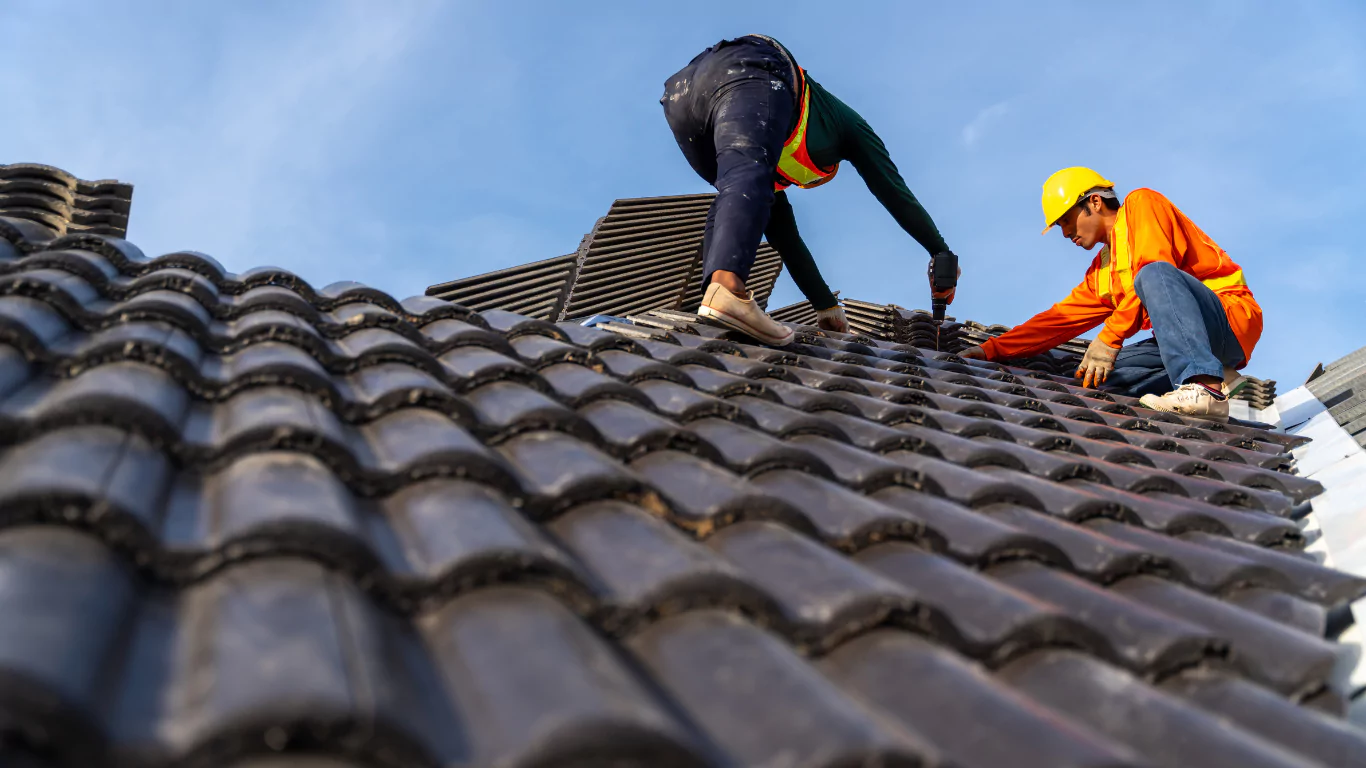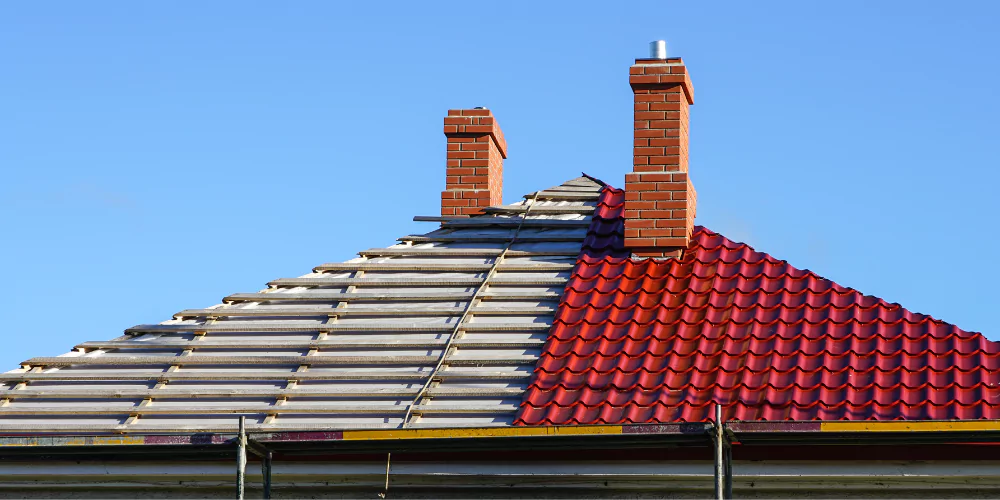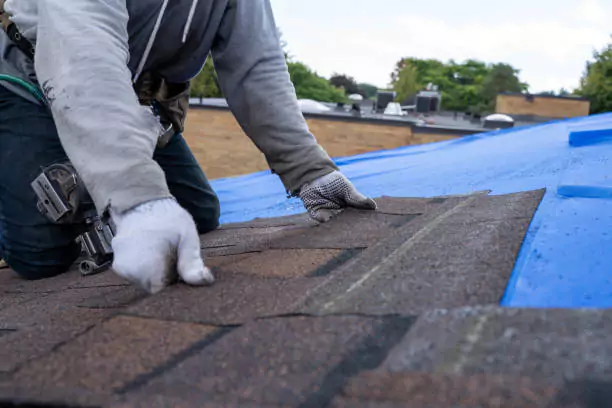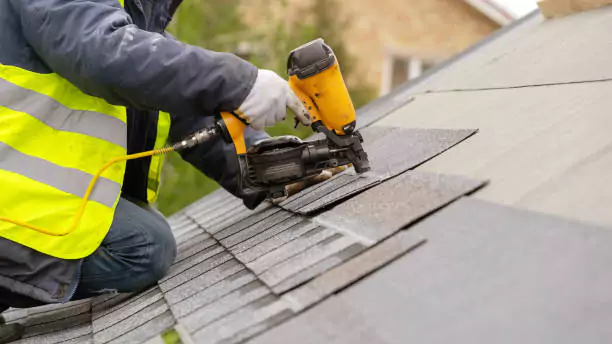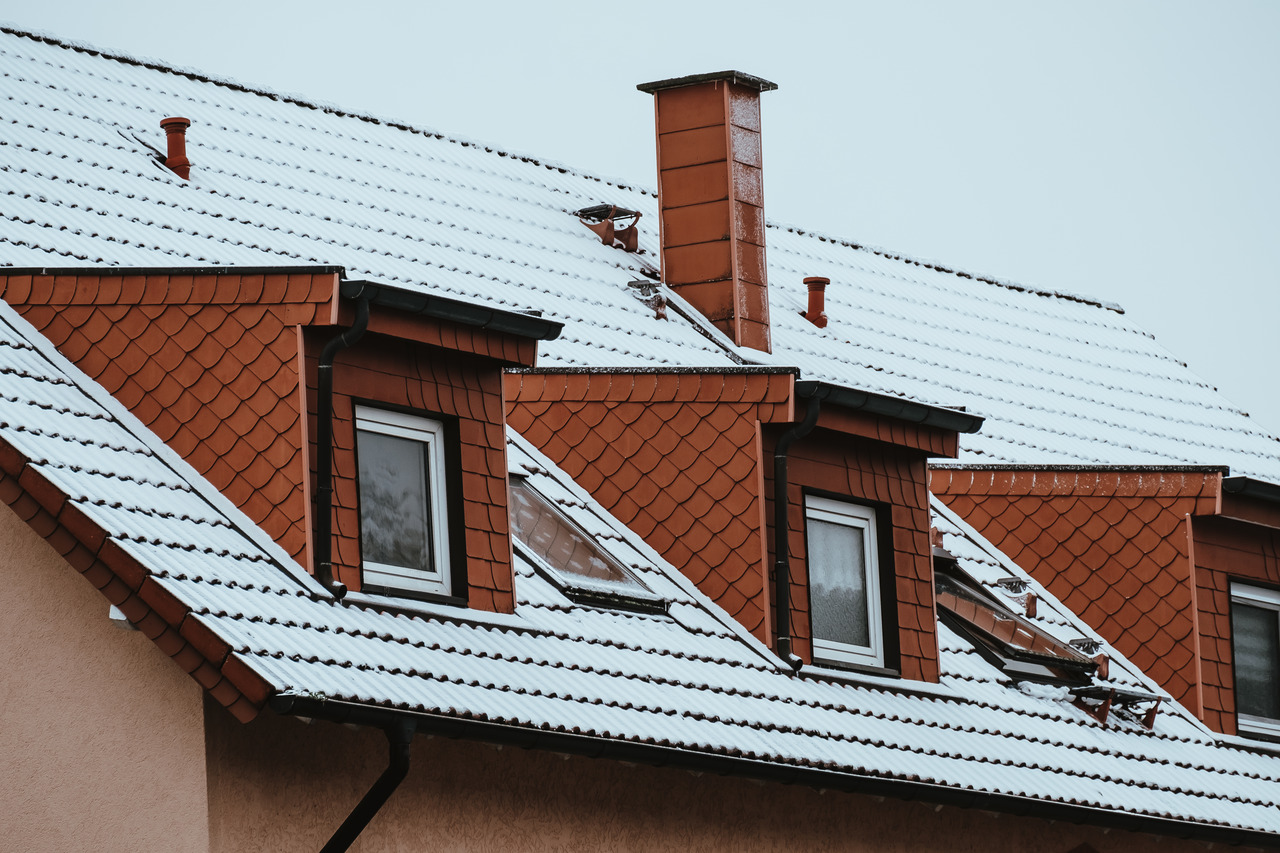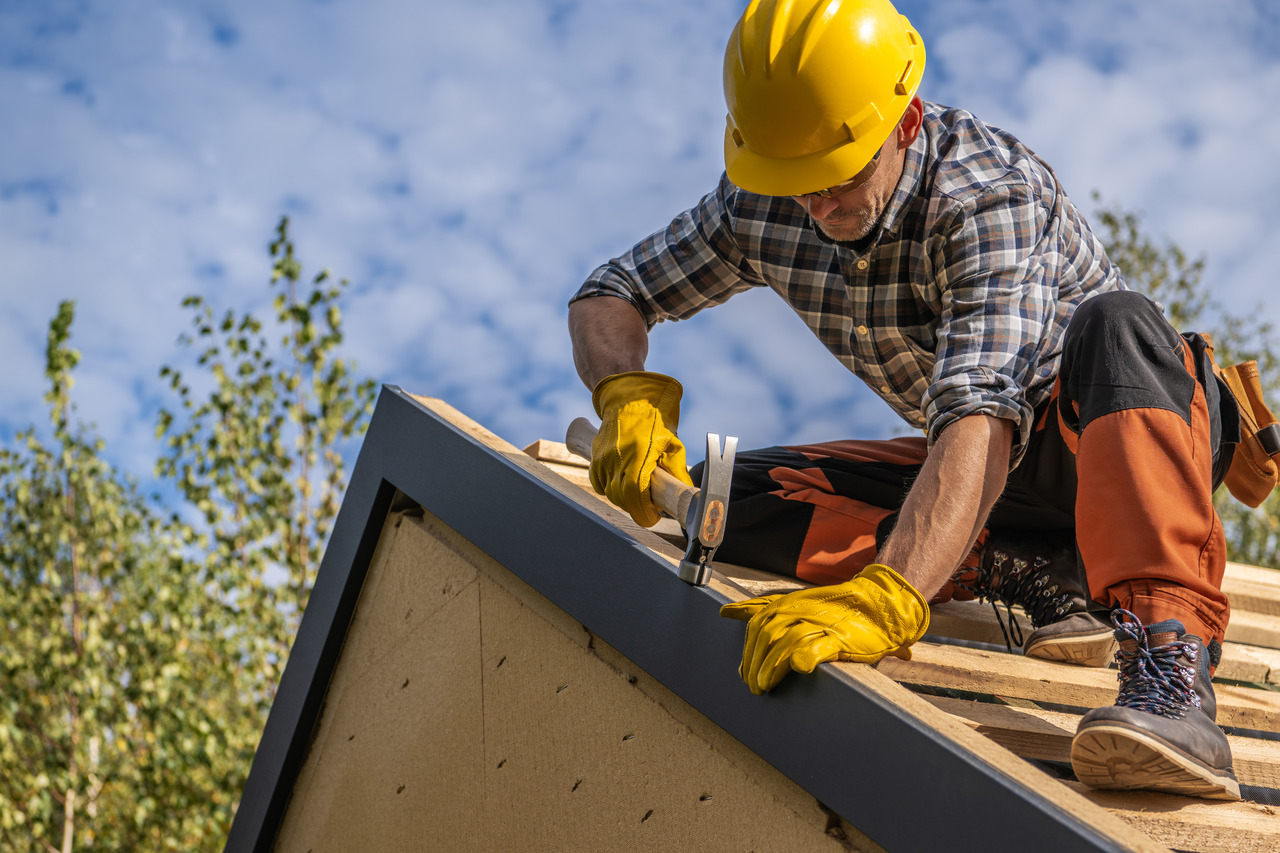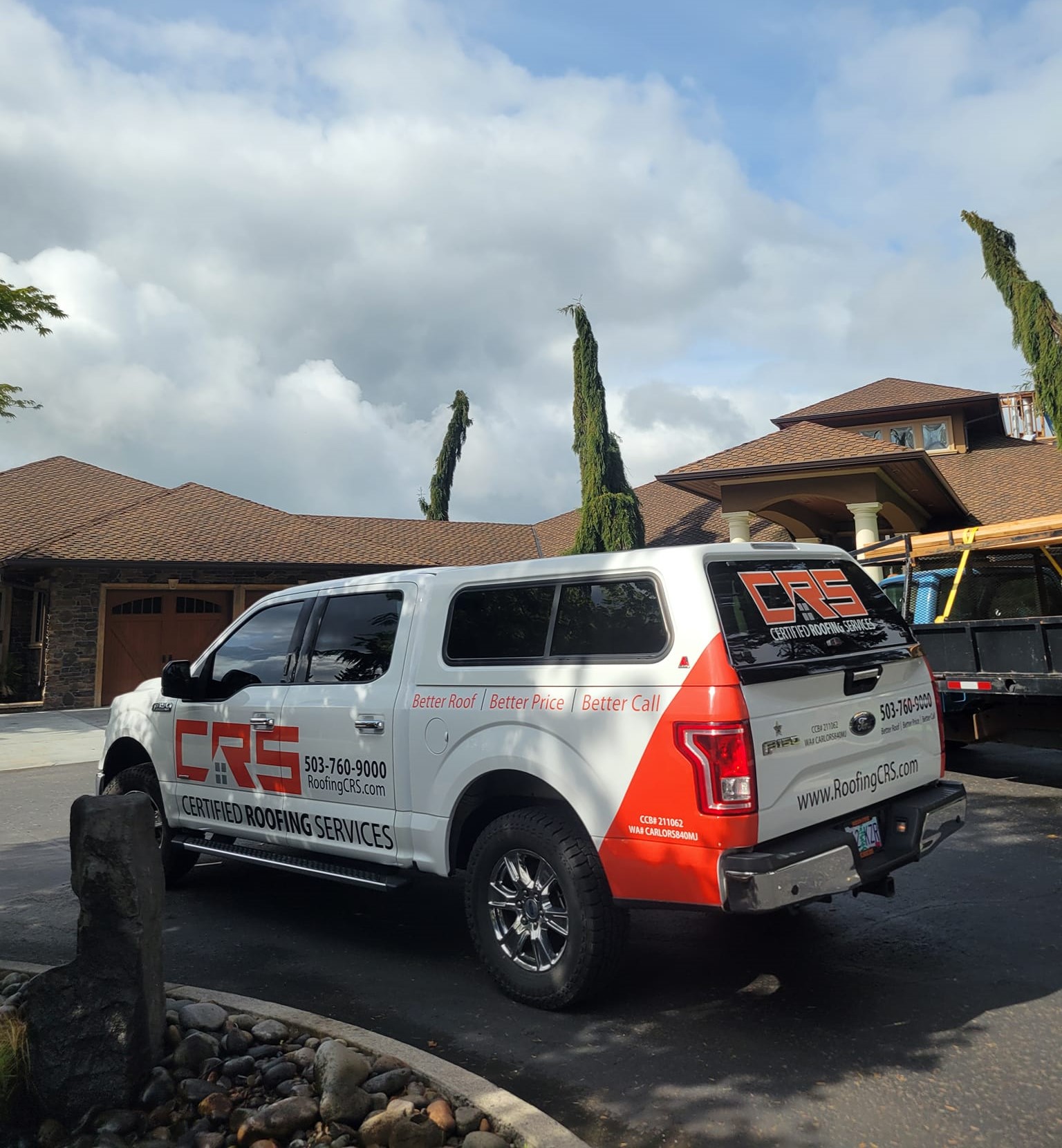A commercial roofing system does more than cover your building—it protects your business, people, and assets. The wrong choice can lead to high repair costs, energy loss, and safety risks.
With so many factors like budget, building design, and weather, the decision isn’t always easy. Many businesses focus on price and overlook long-term value.
- Built-Up Roofing (BUR): Multi-layer protection, great durability.
- Modified Bitumen: Resilient and flexible.
- TPO & PVC: Reflective, energy-efficient, and UV-resistant.
- EPDM: Budget-friendly rubber roofing.
- Metal Roofing: Long lifespan and eco-friendly.
- Green Roofs: Plants and vegetation for insulation.
- Spray Polyurethane Foam (SPF): Seamless and high R-value.
III. Key Factors to Consider When Choosing a Commercial Roof

A. Climate and Weather Conditions
In hot regions, reflective roofs like TPO and PVC reduce cooling costs. In cold or wet climates, materials like BUR and metal offer superior resistance to snow and moisture.
Ensure your roof has proper UV protection and insulation. This improves thermal performance year-round.
B. Building Structure and Design
Assess your building’s roof slope, load capacity, and equipment layout. Flat roofs require drainage systems, while sloped roofs may work better with metal or shingle systems.
Equipment like HVAC units and Air Duct Cleaning access panels should be factored into the design to ensure proper clearance and durability.
C. Budget and Long-Term Cost Considerations
While BUR or SPF might have higher upfront costs, they offer lower long-term maintenance. TPO and EPDM are budget-friendly but may require more frequent inspections.
Look at total cost of ownership, not just installation cost. A longer-lasting system usually delivers a better return on investment.
D. Energy Efficiency and Sustainability
Energy-efficient roofs lower utility bills. TPO, PVC, and green roofs reflect sunlight and reduce the urban heat island effect.
Look for certifications like LEED and Energy Star. These not only support sustainability but can also qualify you for tax incentives.
E. Local Building Codes and Regulations
Not every system is approved everywhere. Make sure the roofing system complies with your city’s building codes.
At Certified Roofing Services, we ensure all materials meet state and local regulations to avoid costly penalties or rework.
F. Maintenance Requirements
Some roofs require minimal upkeep—like metal or SPF—while others like green roofs need ongoing care. Match the system with your capacity to maintain it.
Regular inspections, especially after storms or seasonal changes, help catch issues early and extend roof life.
Common Mistakes to Avoid
- Choosing based only on price
- Ignoring local weather conditions
- Not verifying contractor licenses or insurance
- Overlooking warranty coverage and maintenance planning
Final Thoughts & Recommendations
Choosing a commercial roof is a major decision. Focus on performance, durability, and cost over time—not just upfront price.
Work with licensed pros like Certified Roofing Services to ensure proper installation, code compliance, and warranty protection.
✅ Free Roofing Consultation – Act Now!
Get expert advice, explore materials, and receive a tailored quote—Free for a Limited Time.
👉 Contact Certified Roofing Services Now
This guide will help you choose the right commercial roofing systems by breaking down the options, key considerations, and real-world examples. The right choice—especially when installed by Certified Roofing Services—can save money, boost efficiency, and last for decades.
Understanding Commercial Roofing Systems
A. What Makes Commercial Roofing Different From Residential?
Commercial roofs are typically larger and flatter. They’re built to handle HVAC units, foot traffic, and heavier snow loads. Materials must withstand environmental stress while remaining cost-efficient to maintain.
Residential roofs often have a steep slope and don’t require the same load-bearing strength. This makes commercial systems more complex and specialized.
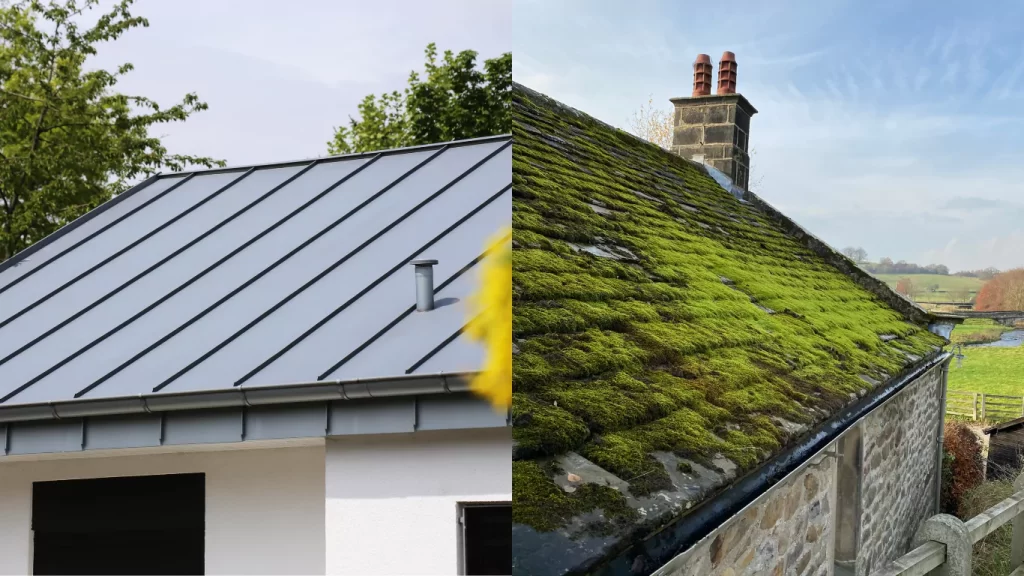
B. Common Types of Commercial Roofing Systems
- Built-Up Roofing (BUR): Multi-layer protection, great durability.
- Modified Bitumen: Resilient and flexible.
- TPO & PVC: Reflective, energy-efficient, and UV-resistant.
- EPDM: Budget-friendly rubber roofing.
- Metal Roofing: Long lifespan and eco-friendly.
- Green Roofs: Plants and vegetation for insulation.
- Spray Polyurethane Foam (SPF): Seamless and high R-value.
III. Key Factors to Consider When Choosing a Commercial Roof

A. Climate and Weather Conditions
In hot regions, reflective roofs like TPO and PVC reduce cooling costs. In cold or wet climates, materials like BUR and metal offer superior resistance to snow and moisture.
Ensure your roof has proper UV protection and insulation. This improves thermal performance year-round.
B. Building Structure and Design
Assess your building’s roof slope, load capacity, and equipment layout. Flat roofs require drainage systems, while sloped roofs may work better with metal or shingle systems.
Equipment like HVAC units and Air Duct Cleaning access panels should be factored into the design to ensure proper clearance and durability.
C. Budget and Long-Term Cost Considerations
While BUR or SPF might have higher upfront costs, they offer lower long-term maintenance. TPO and EPDM are budget-friendly but may require more frequent inspections.
Look at total cost of ownership, not just installation cost. A longer-lasting system usually delivers a better return on investment.
D. Energy Efficiency and Sustainability
Energy-efficient roofs lower utility bills. TPO, PVC, and green roofs reflect sunlight and reduce the urban heat island effect.
Look for certifications like LEED and Energy Star. These not only support sustainability but can also qualify you for tax incentives.
E. Local Building Codes and Regulations
Not every system is approved everywhere. Make sure the roofing system complies with your city’s building codes.
At Certified Roofing Services, we ensure all materials meet state and local regulations to avoid costly penalties or rework.
F. Maintenance Requirements
Some roofs require minimal upkeep—like metal or SPF—while others like green roofs need ongoing care. Match the system with your capacity to maintain it.
Regular inspections, especially after storms or seasonal changes, help catch issues early and extend roof life.
Common Mistakes to Avoid
- Choosing based only on price
- Ignoring local weather conditions
- Not verifying contractor licenses or insurance
- Overlooking warranty coverage and maintenance planning
Final Thoughts & Recommendations
Choosing a commercial roof is a major decision. Focus on performance, durability, and cost over time—not just upfront price.
Work with licensed pros like Certified Roofing Services to ensure proper installation, code compliance, and warranty protection.
✅ Free Roofing Consultation – Act Now!
Get expert advice, explore materials, and receive a tailored quote—Free for a Limited Time.
👉 Contact Certified Roofing Services Now

